Turkish-born astrophysicist Burçin Mutlu-Pakdil shares her name with a rare double ring of stars more than 350 light-years away.


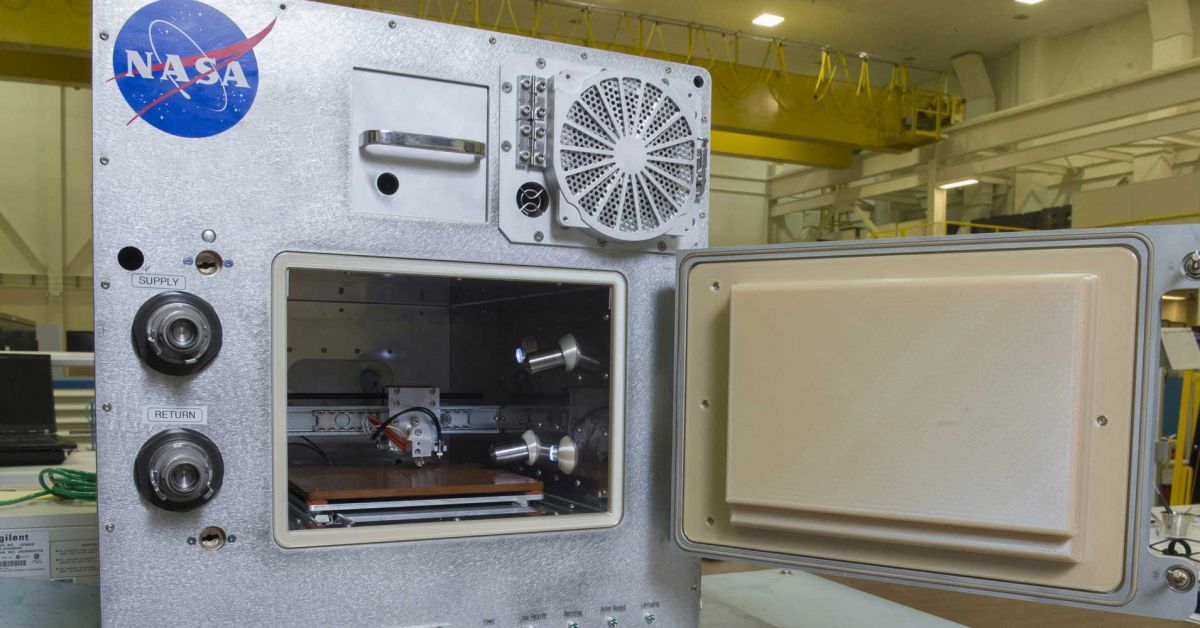
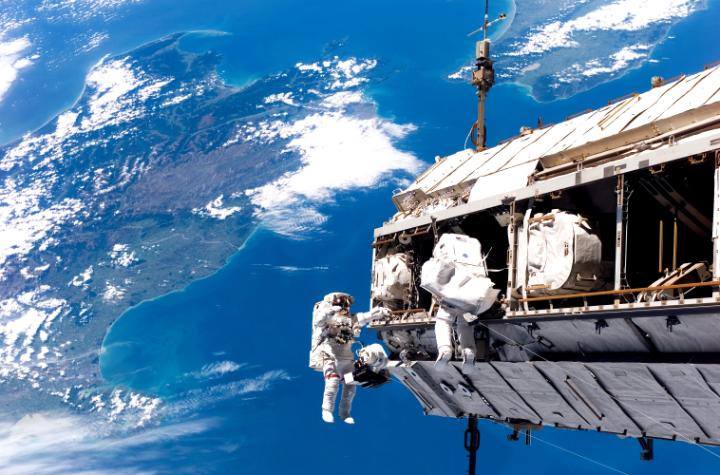
Twenty years ago today, construction began on the greatest international science and engineering project in human history — the International Space Station. In case you missed it, we celebrated the occasion by talking to the crew currently living and working in space. Take a look: https://go.nasa.gov/2qVKqt9 #SpaceStation20th
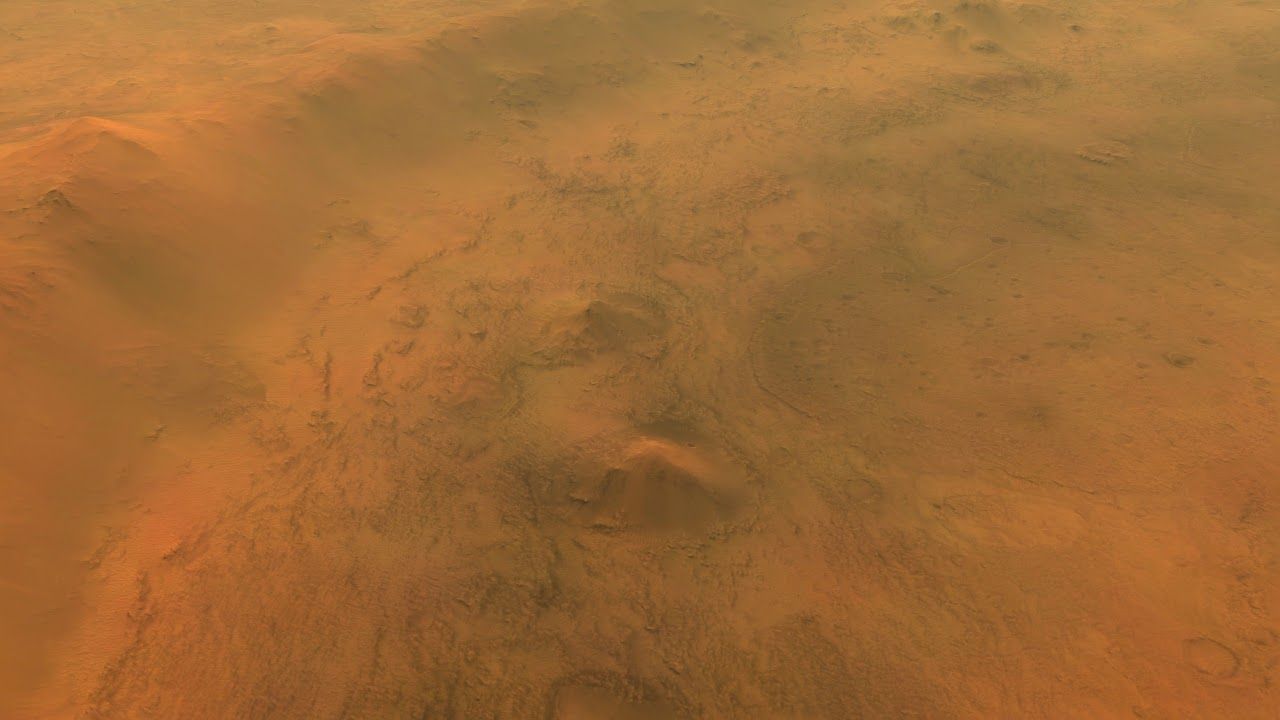
At Jezero, Mars 2020’s goal will be “to explore the history of water and chemistry in an ancient crater lake basin and associated river-delta environments to probe early Martian climates and search for life.”
NASA announced this morning the selection of Jezero crater for the landing site of the Mars 2020 mission. Jezero is a 45-kilometer-wide crater that once held a lake, and now holds a spectacular ancient river delta.
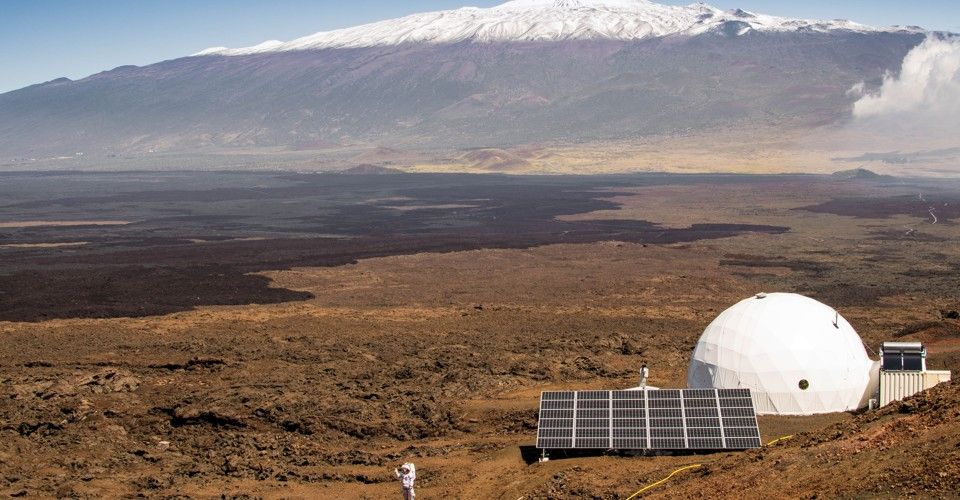
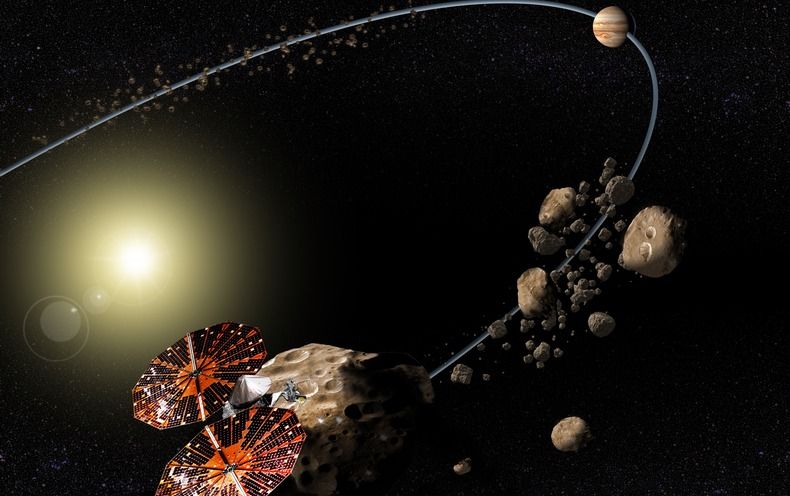
Unexplained patterns in the colors of certain space rocks suggest scientists still have much to learn about the solar system’s origins and early evolution.
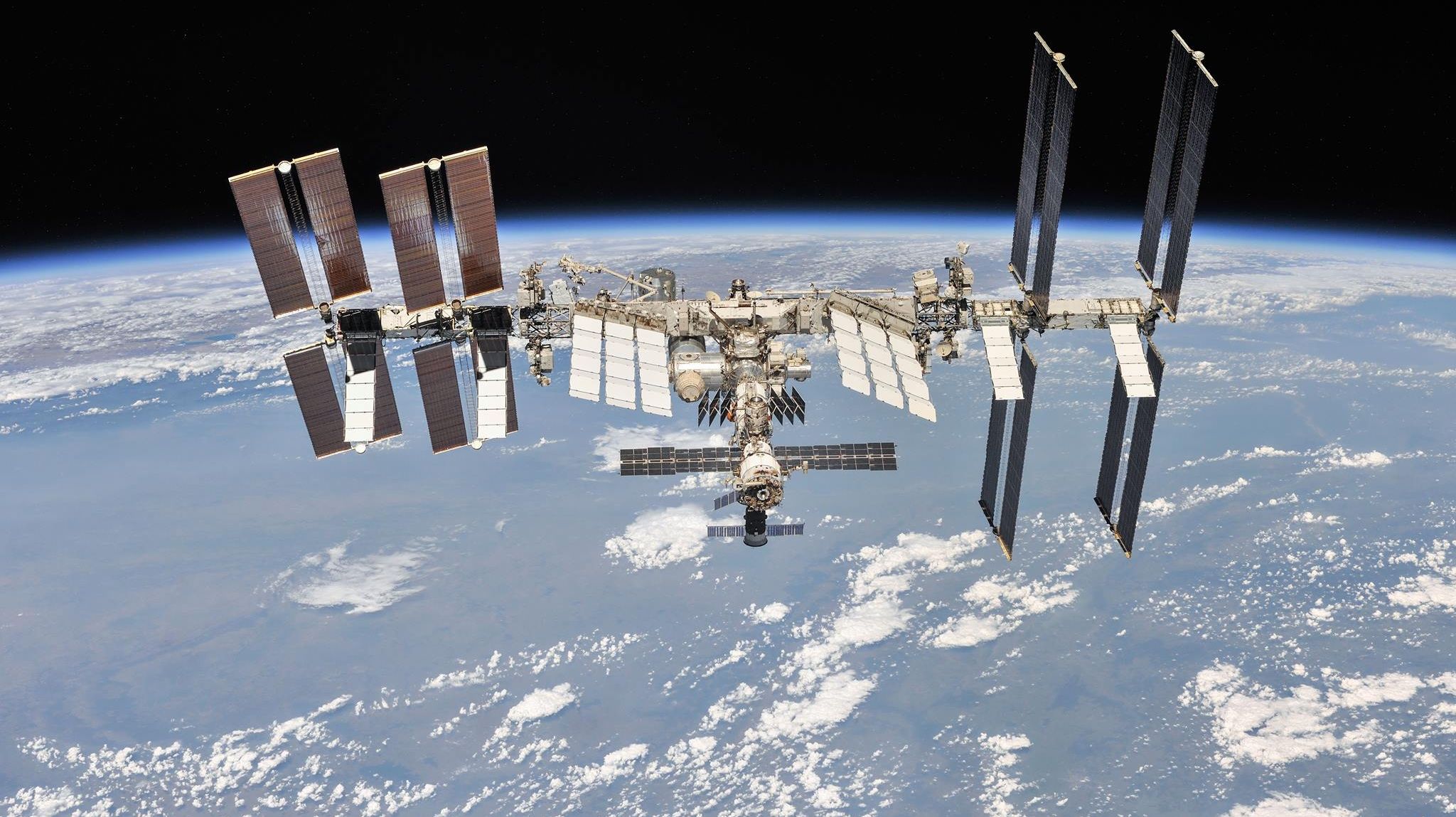
Our orbiting laboratory is a unique place – a convergence of science, technology and human innovation that demonstrates new technologies and makes research breakthroughs not possible on Earth. Unpack its architecture here: https://go.nasa.gov/2FzkBtf #SpaceStation20th
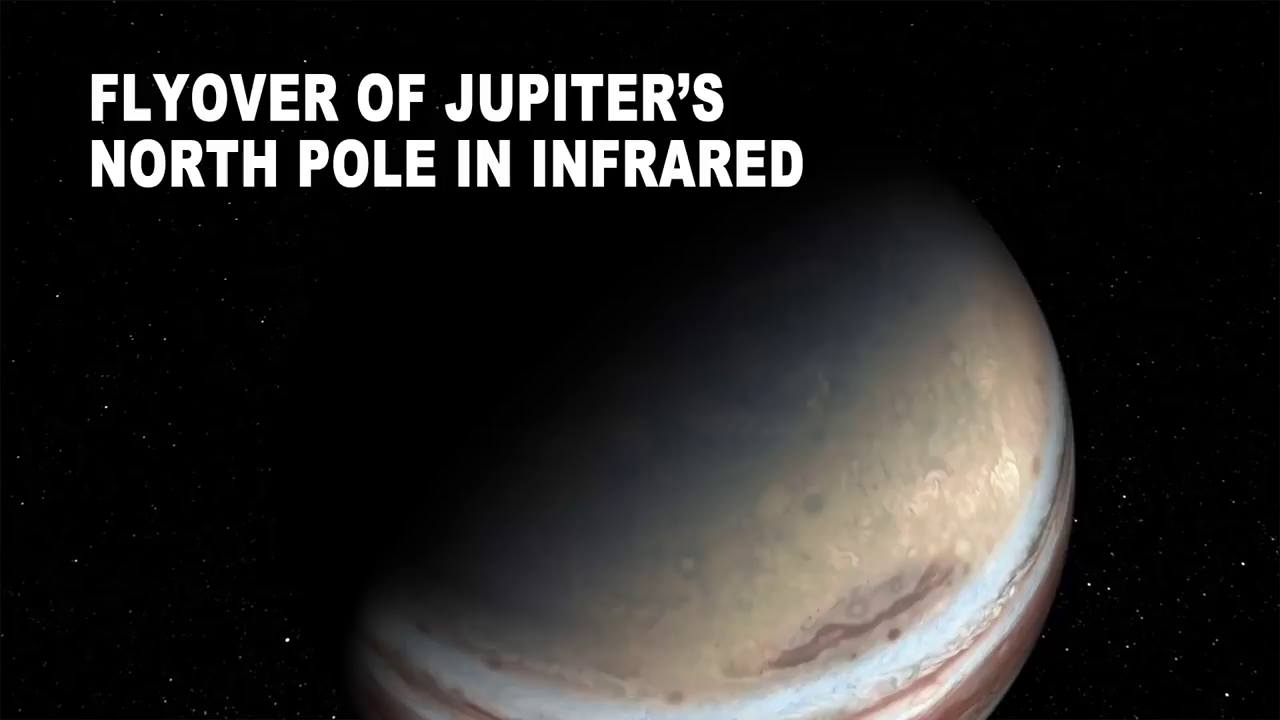
Click on photo to start video.
This infrared tour of Jupiter’s north pole allows us to see deep inside the swirling clouds of the cyclones and anticyclones that permeate the planet’s polar regions. In the animation that uses data from our Juno spacecraft, the yellow areas are warmer (or deeper into Jupiter’s atmosphere) and the dark areas are colder (or higher up in Jupiter’s atmosphere). Take the virtual tour: https://go.nasa.gov/2Fwf7zm

Is it a bird? A plane? No — it’s a galaxy. Take a closer look: https://go.nasa.gov/2FypUZL
